When it comes to leg protection for the equine athlete, about the only thing that most competitors can agree on is the need for protection to begin with. There are hundreds of products on the market designed specifically to protect what is one of the most important (and fragile) parts of the equine anatomy, but choosing what is best for you and your horse can be a challenging task. Some people swear by polo wraps, while others are keen on sports medicine boots…the truth is that each method has benefits and drawbacks.
As a young rider, one of the first things that I was taught was how to properly apply a polo wrap to my horse’s legs. Many a day was spent on my knees rolling, wrapping and re-wrapping until my “supervisor” was happy with what I had done…and then it started all over again the next day. During this time, you couldn’t go to an A Rated Arabian Horse Show and see anything except for polo wraps, and so I continued using them for years. It wasn’t until some years ago when I actually got a good education from a veterinarian as to exactly what type of protection is provided by the different products on the market, and I have to admit that I was surprised at what I learned. This education led me to change my routines, slightly, in order to provide my reining horse with the best possible protection for the sport.
The following is a brief overview of some of the most popular types of leg protection for the reining horse (and most performance horses), including the pros and cons of each, as well as when I, personally, use each one.
Polo Wraps
Polo wraps are made from a long piece of fleece like material with velcro for attachment to the leg. This is definitely not the most user friendly method for protecting the legs, but in most cases, it is quite effective. First and foremost, the most important thing to know about polo wraps is the proper way to apply them. They must be applied so that you are wrapping toward the inside and back of the horse’s legs, which supports the natural position of the tendons, and a constant pressure must be maintained; applying incorrectly can actually harm your horse. It is always advisable to get assistance from a trainer or veterinarian if you are new to this type of product. Although they are actually the most popular form of leg protection, overall, polo wraps do not actually offer a lot of support in way of cradling the flexor tendons or suspensories. Their main benefit is from “brushing”, which can happen when a horse’s legs come in contact with each other, i.e. during turn arounds, lateral maneuvers, cross-overs, etc. This type of protection is best used on equine athletes that are not required to perform maneuvers that will overly stress the tendons, i.e. rail work, trail classes, general riding, etc.
Still, polo wraps remain one of the more popular choices for the show pen when it comes to reining horses, and this is likely due mainly to aesthetics. Personally, I choose to show in polo wraps, and my favorite wraps are made by Back on Track; the material is infused with ceramic powders that actually reflect back a horse’s natural heat in order to reduce pain and stress, and the company makes many different products for horse and rider. Find polo wraps at Riding Warehouse.
Sports Medicine Boots
When it comes to all around protection and support, it is difficult to beat the sports medicine boot. They are typically crafted from a type of neoprene material, and are shaped to fit the horse’s leg. Unlike polo wraps, these boots actually do provide a level of support for the tendons and suspensories, due to an underslung cradle portion that actually cups the boot beneath the fetlock. Velcro straps hold the boots tight, and they are flexible enough to be comfortable for most uses. While providing support, they also protect from brushing, making them a step above polo wraps in terms of protection. They are relatively easy to put on, are affordable, easily cleaned and work well for most moderate to heavy work-out programs in just about all disciplines. There are, however, a few drawbacks. Sports medicine boots can become quite “hot” during a workout, causing a horse to sweat excessively, and some horses actually do have a sensitivity to the neoprene material. Additionally, the fit of most boots allows for dirt and sand to get between the material and the horses leg, which can cause irritation. It is best to always remove boots immediately after workout and hose down your horse’s legs.
I choose to use sports medicine boots on the front and hind legs when schooling. They provide the best support for the strenuous sport of reining, and they protect the legs well during turn arounds and sliding stops, but are not so bulky as to get in the way during loping and warm up. There are literally more boots on the market than I can name, but several years ago I stumbled upon a product that offers yet another degree of protection for the suspensory tendons, made by Iconoclast. These boots have a double sling under the fetlocks (most SMB’s only have a single sling), which actually cradles the joint and reduces stress on tendons and ligaments. These boots are making big waves in the reining industry, and are very popular in cutting, reined cowhorse, barrel racing, and even in some of the more strenuous english divisions. I would highly recommend that anyone looking for the ultimate in leg protection give Iconoclast a try. Find sports medicine boots at Riding Warehouse.
Slide Boots
Many reining riders swear by slide boots. Indeed, it is important to protect a reining horse’s hind legs from “burns” when their fetlocks come in contact with the dirt during a sliding stop. Again, there are many products on the market that are designed specifically for protection during this maneuver, and they usually consist of a leather or hard plastic cup that fits over the back of the rear fetlocks, attached to the leg by leather straps. They work fairly well for most horses. There are also many “all-in-one” boots on the market, which combine a sports medicine boot with a hard plastic protective shell at the fetlock. Personally, I have found that for my purposes, a set of hind leg Iconoclast sports boots work quite well, as do polo wraps when properly fitted. Find skid boots at Riding Warehouse.
Bell Boots or Overreach Boots
Bell boots fit over the front hooves, usually with velcro across the front, and protect the back of the hoof, or heel, from trauma in the event that a horse “overreaches”, which is essentially striking the back of the front hoof with the front of the back hoof. Not all horses have this problem, and many debates over the cause exist. Some blame genetics, others point to biomechanics and improper shoeing, but the fact remains that if the problem does exist, it is important to protect the legs. Failure to use bell boots when they are indicated can mean thrown shoes, hoof damage, and sometimes worse.
There are generally two types of bell boots that most people use, the “no turn” variety, which is shaped to fit around the hoof without “turning” or moving when secured, and the regular variety, which are typically made of rubber and will move and spin as the horse moves. I have had better luck with the “no turn” boots, because the regular ones tend to be more prone to rubbing and chaffing the skin beneath the fetlock. My horse does not overreach when under saddle, but I always put a pair of bell boots on her when she is turned out, because, as we all know, this is when horses tend to do the most frolicking, bucking, and running at speed. Find overreach boots at Riding Warehouse.
In the end, the most important thing to keep in mind is that it is important to protect your equine partner’s legs. Many of my friends make the argument that they don’t do enough with their horses (whether they are primarily trail mounts or pleasure horses) to require protection, and my answer is always “it doesn’t hurt to be safe rather than sorry”. A small investment and a few minutes of your time prior to a ride can truly make a huge difference in how well your horse performs and how sound he stays for the long term.
Just so you know, clicking the above links takes you to the product on the Riding Warehouse website. This makes shopping easy and convenient for you. We do get a little kick-back from items purchased, giving us resources to bring you more stories, but your price stays the same. It’s a win-win! Standard shipping in CA is free from Riding Warehouse. However, local riders can choose to pick-up orders on-site. Just choose that option during checkout. Happy Trails!
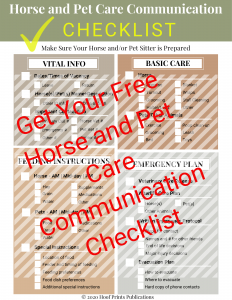
Are you prepared to leave your animals in the care of a pet sitter? The Horse and Pet Care Communication Checklist enables you to gather all the vital information you need to communicate all the elements of all your animals’ care to your pet sitter. What if you suddenly had to leave town? Would you be ready for someone to quickly step in and take care of your animals? What if something happened to your horse or pet while you were away? Would your pet sitter know your wishes? This checklist will help you prepare your pet sitter to care for your animals the way you do. Get your Horse and Pet Care Free Checklist here >.

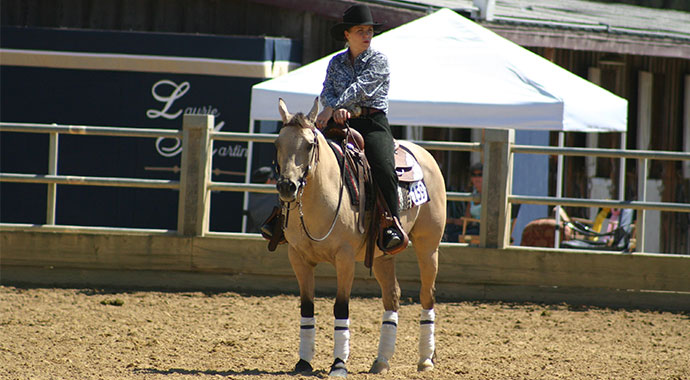
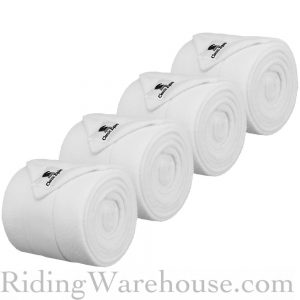
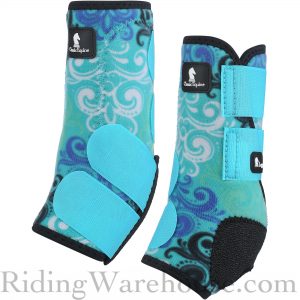
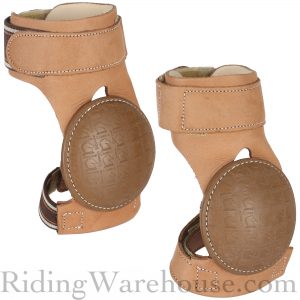
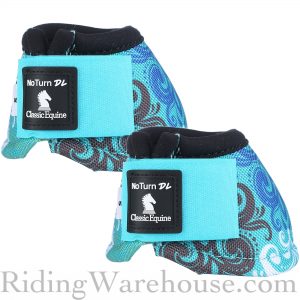
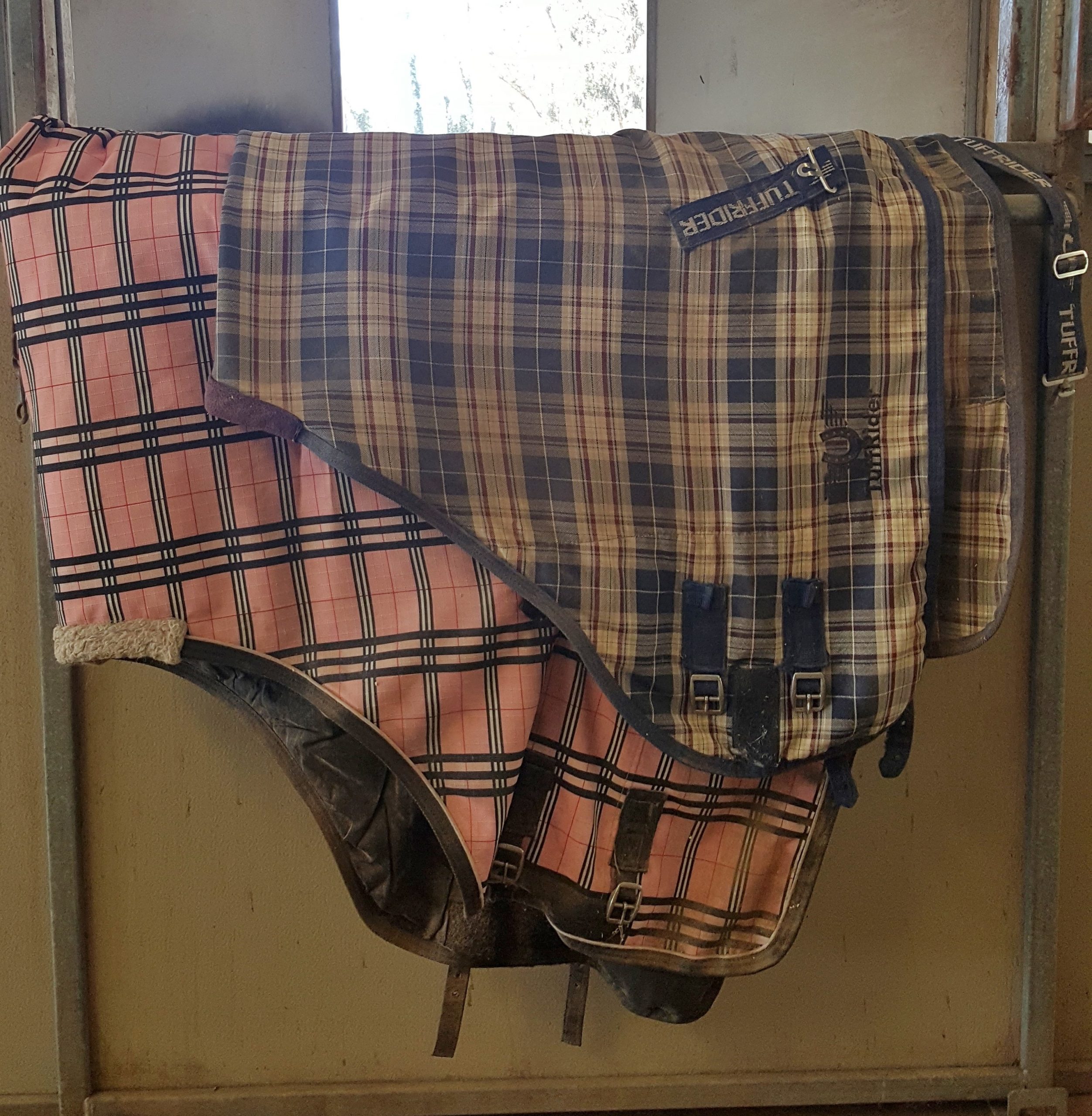

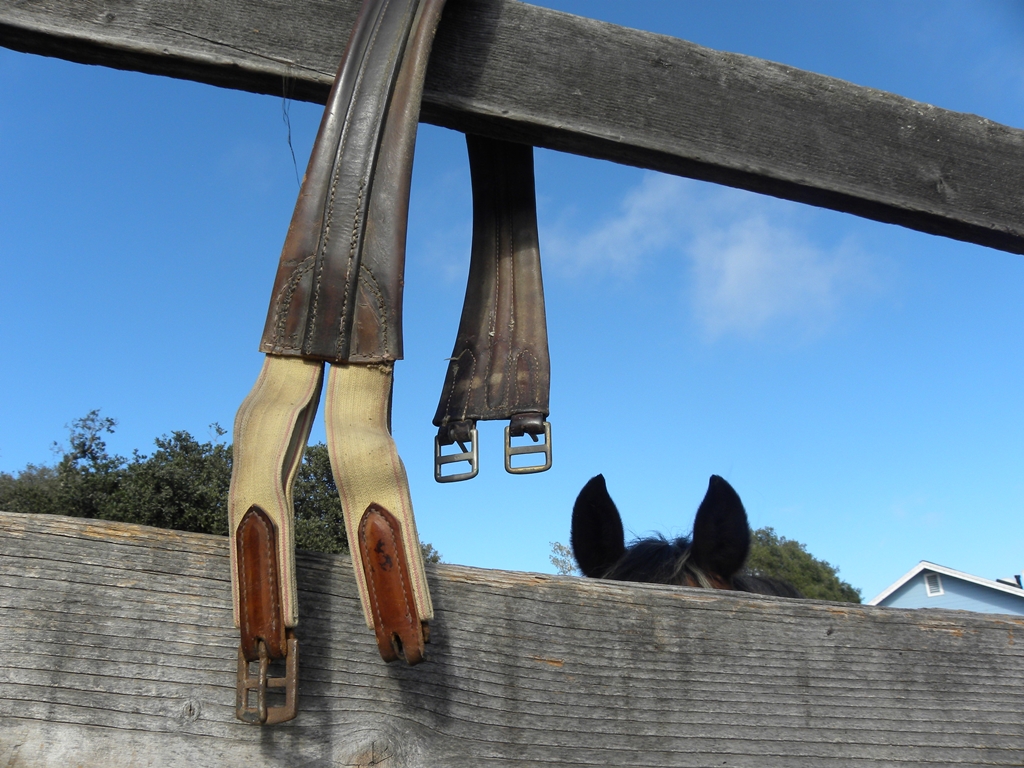
I really enjoyed this article! Have you though of doing one on saddle pads?
Thank you Shelby. Saddle pads would be a great article to do.